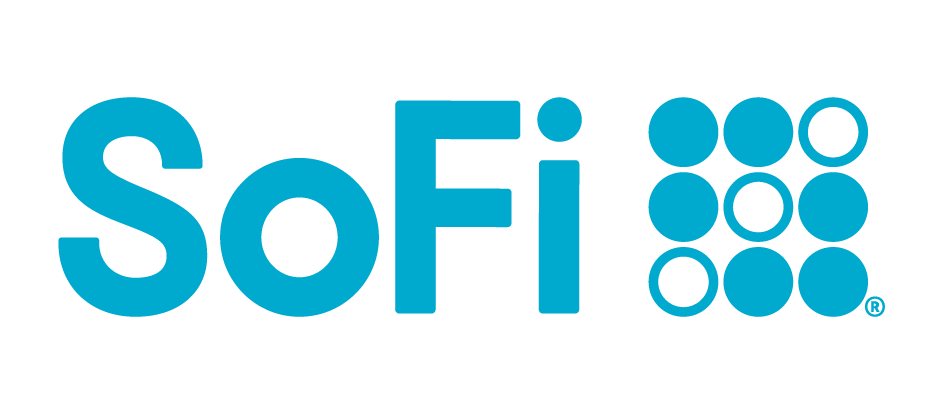
GUI for GraphQL
Use Superblocks to accelerate your application development and org-wide usage with intuitive GraphQL interfaces.

Play 5 min overview




















Why Superblocks
Why build your GraphQL GUIs with Superblocks?
Superblocks enables users to rapidly create interfaces that simplify complex tasks and interactions into user-friendly experiences.
Streamline app and workflow development
Efficiently build internal applications and automate workflows by integrating Superblocks with your GraphQL APIs. Simplify the scheduling of critical jobs and tasks within a single platform.
Boost team productivity with AI-enhanced tools
Enhance your team's efficiency by incorporating an advanced AI Copilot in Superblocks, facilitating smarter and faster decision-making within applications that interact with GraphQL.
Quickly create feature-rich GraphQL applications
Efficiently build out robust internal tools by leveraging Superblocks' drag-and-drop components and extensive library of built-in integrations.
How to
How to build your GraphQL GUI with Superblocks
Follow a few simple steps to start building our a custom frontend for GraphQL with Superblocks:
Seamlessly integrate graphQL APIs with your applications
Connect to any GraphQL API using Superblocks in minutes. Just configure the GraphQL endpoint and authentication method, and you're ready to start fetching and manipulating data with ease.
.png)
Design intuitive and interactive GUIs for your GraphQL data
Leverage Superblocks to craft dynamic user interfaces that interact with your GraphQL data. Utilize drag-and-drop and customizable components to visualize and manage data effectively, enhancing user engagement.

Combine GraphQL data with other sources for comprehensive applications
Enhance your applications by merging GraphQL data with information from other APIs and databases within Superblocks. This integration enables the creation of comprehensive, data-rich apps that provide deeper insights and functionality.

Common use cases
Common use cases for GraphQL GUIs in Superblocks
See examples of how Superblocks can enhance and streamline the data you receive via GraphQL.
Unified customer management
Utilize Superblocks to develop unified applications that integrate CRM, sales, and support data from GraphQL. Users can also schedule daily or weekly reports on data fetched from GraphQL.
Engage with real-time streaming data
Combine Superblocks and GraphQL subscriptions to create applications with real-time data streaming. Integrate live data sources seamlessly for dynamic and engaging user experiences.
API Performance Monitoring
Superblocks audits logging can help in optimizing the performance of GraphQL APIs. This enables users to troubleshoot API errors on queries run against their data or scheduled jobs.
FAQ
Frequently asked questions
Who can use Superblocks to build a GUI for GraphQL?
Superblocks is a versatile platform that caters to a wide range of teams involved in application development, testing, and operations. It enables them to create custom GUIs for their GraphQL APIs, streamlining various processes and improving efficiency. Some of the key teams that can benefit from using Superblocks with GraphQL include:
- Developers and Engineers: Developers and engineers can use Superblocks to build custom admin tools and interfaces that interact with their GraphQL APIs. This allows them to perform CRUD operations, manage data, and expose relevant information to other teams, all through an intuitive and easy-to-use frontend.
- Quality Assurance (QA): QA and testing teams can leverage Superblocks to create custom front-ends for managing test cases, tracking bugs, performance issues, and visualizing testing data from their GraphQL APIs. This enables them to efficiently monitor and maintain the quality of their applications.
- DevOps Teams: DevOps teams can utilize Superblocks to develop frontends for monitoring application performance, managing deployments, and tracking server health and resource utilization. By connecting to their GraphQL APIs, they can access real-time data and gain valuable insights into the operational aspects of their applications.
- Data Teams: Data engineers, analysts, and scientists can use Superblocks to build custom interfaces for data exploration, analysis, and visualization. They can run complex queries, create predictive models, and visualize data trends directly from their GraphQL APIs, facilitating data-driven decision-making.
Why choose Superblocks for creating a GUI for GraphQL?
Superblocks simplifies building graphical user interfaces that interact with GraphQL APIs. Its visual tools and pre-built components let you quickly set up UI flows that fetch, format, and display GraphQL data without the complexity of coding. Superblocks bridges the gap between GraphQL data and UI development, allowing you to build tailored solutions efficiently.
Can you build workflows and scheduled jobs in Superblocks for GraphQL data?
Yes. In Superblocks, a Workflow functions as a REST endpoint, with refund processing being a strong example of its application. Scheduled Jobs, on the other hand, are ideal for generating reports on a daily or weekly basis, or for executing any task at regular intervals, like sending a daily summary to Slack.
What is the business benefit timeframe when developing a GUI for GraphQL with Superblocks?
Superblocks significantly reduces the time it takes to develop and deploy internal applications, including GUIs for GraphQL, by up to 10 times compared to traditional software development practices. This is made possible by Superblocks' suite of pre-built components, seamless integrations, and powerful dev tools, all enhanced by AI capabilities.
Can I integrate Superblocks into existing app?
Yes, you can embed Superblocks into any existing application via simple React and JavaScript SDKs.
Resources
Explore more resources
Learn more about building your frontend for GraphQL by reading the documentation, watching videos, and viewing other resources
Use cases
Explore more use cases
Learn how to build the internal applications of tomorrow, with less complexity and less time than ever before.
All use cases
